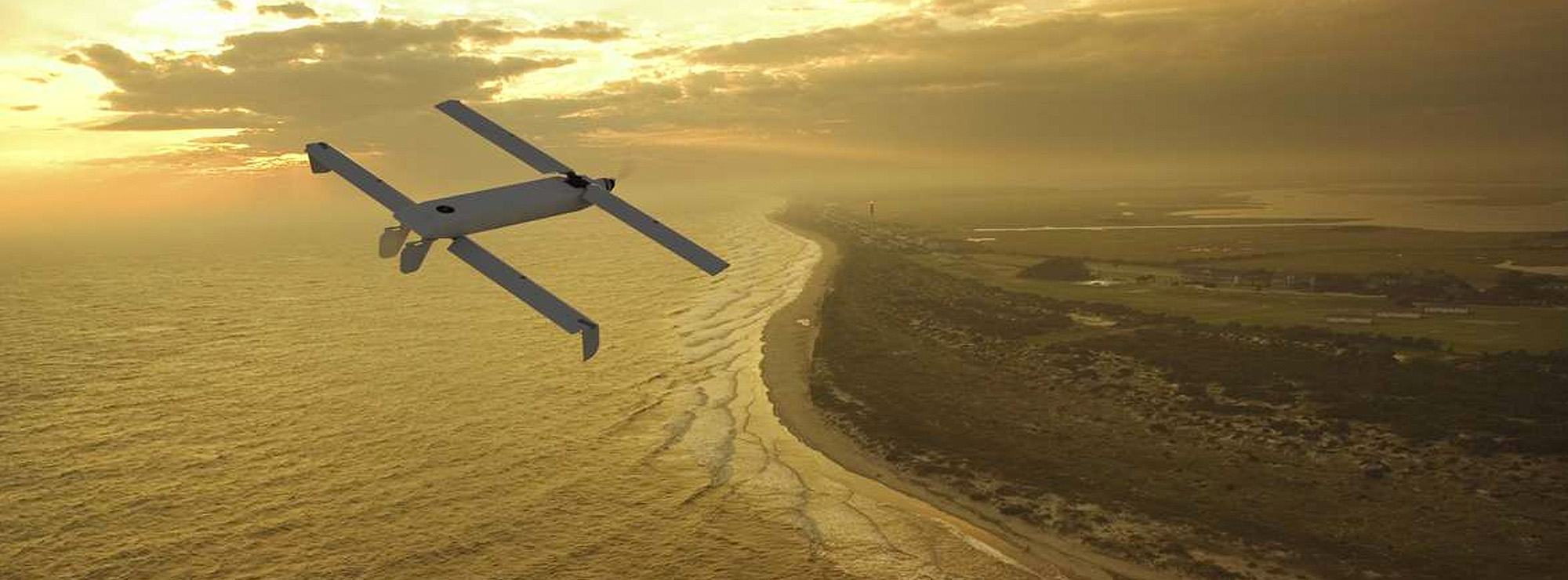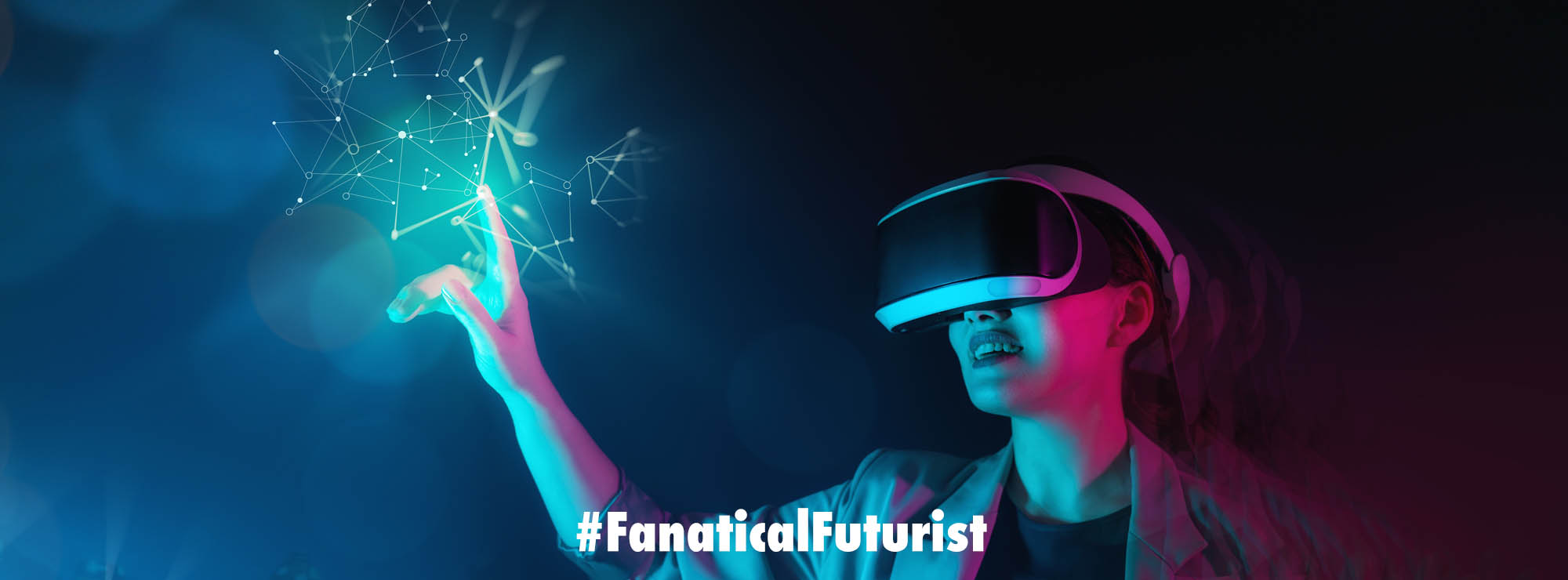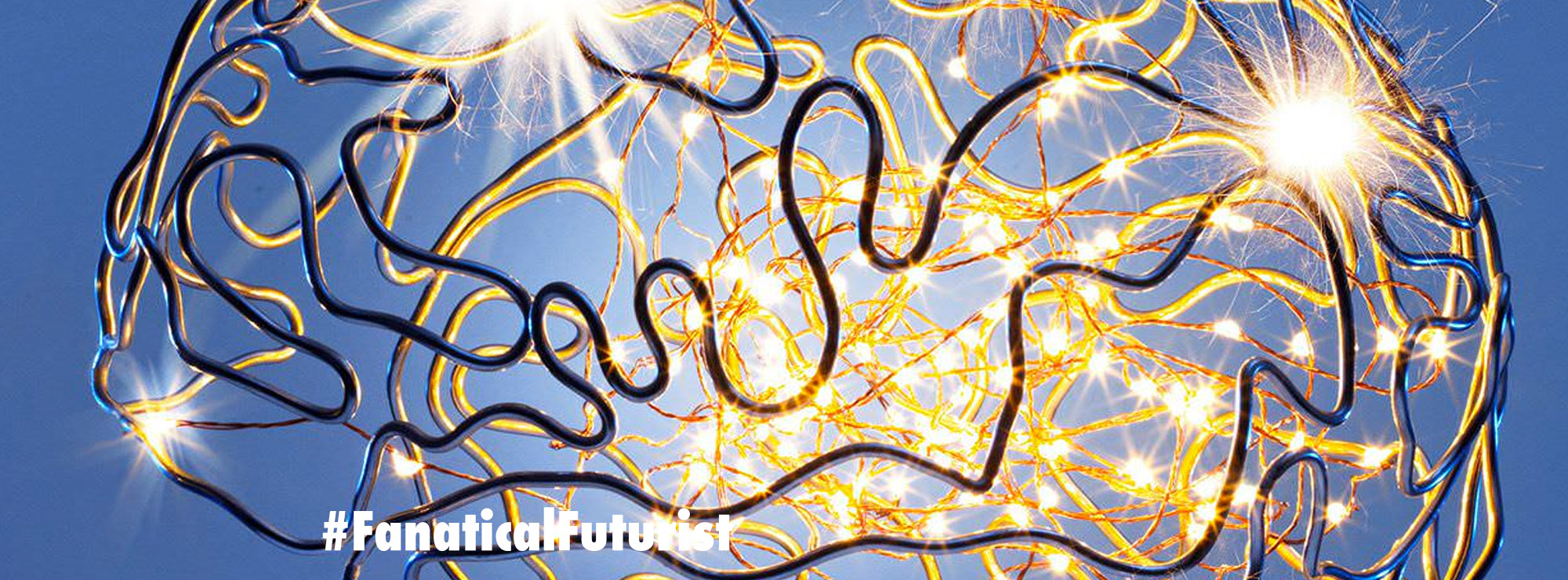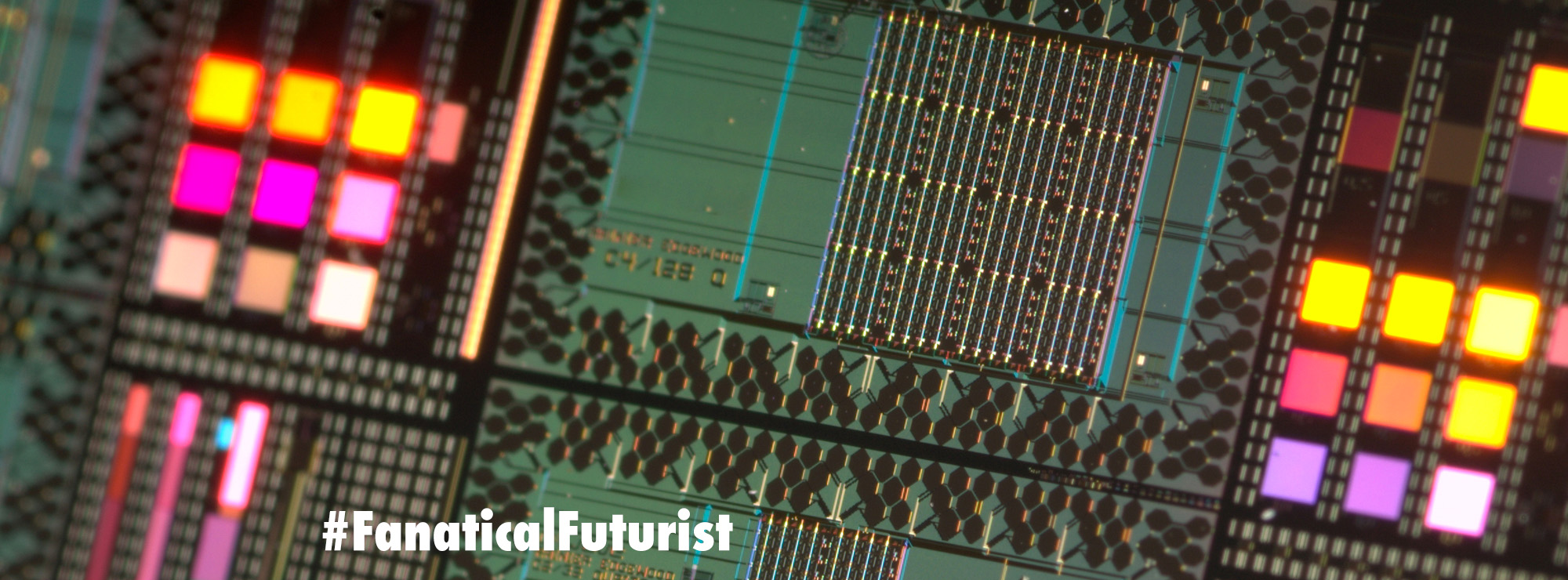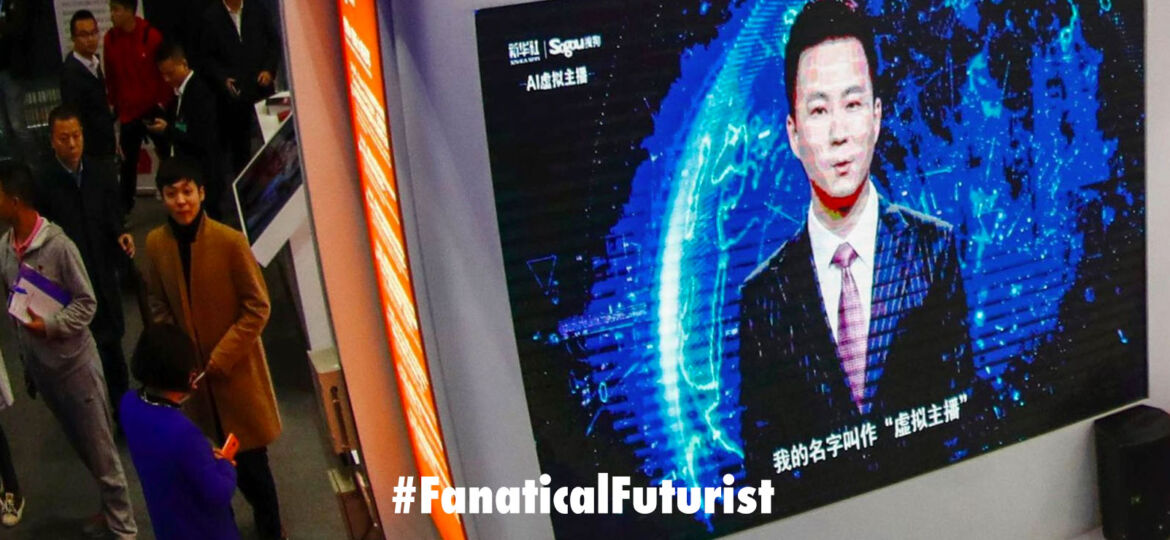
WHY THIS MATTERS IN BRIEF
As it gets easier to create high quality, natural sounding “human-like” avatars we’ll see more emerge and take on new and varied roles.
Over the past couple of years there’s been a huge increase in the amount of press columns devoted to the topic of fake news, something I’ve covered extensively as well since before it was a “thing,” but now thanks to a Chinese news outlet we have fake news with a twist. This week the world was told that China’s state run Xinhua News Agency had hired a new TV news anchor, and while there’s nothing extraordinary about that at first, it turns out he’s fake and “he” is actually an Artificial Intelligence (AI) anchor, something that the network claimed was a world first.
The “English AI Anchor” debuted Thursday at the World Internet Conference in the country’s eastern Zhejiang Province.
Not bad for a first attempt
Modelled on the agency’s Zhang Zhao presenter, the new anchor learns from live videos and unlike his human counterparts is able to work 24 hours a day reading news articles and reporting via social media and on the Xinhua website.
“’He’ learns from live broadcasting videos by himself and can read texts as naturally as a professional news anchor,” said the company said in an online statement.
“The development of the media industry calls for continuous innovation and deep integration with the international advanced technologies,” the AI anchor said in his first broadcast, adding, “I will work tirelessly to keep you informed as texts will be typed into my system uninterrupted. I look forward to bringing you the brand new news experiences.”
Xinhua developed the Robo-anchor in conjunction with Chinese search engine Sogou.com and so far has posted two more reports from the AI broadcaster on its Twitter feed. One covers China’s announcement that it will launch its first Mars probe in 2020 and ends with the AI anchor paying tribute to Chinese journalists.
“Before we go, I’d like to send my good wishes to all of the journalists across the country. As an AI anchor under development I know there is a lot for me to improve,” he said.
Concerns about the growing AI industry include loss of jobs and unintended discrimination, and the Chinese news anchor isn’t the first avatar to begin taking on human roles or duties after Soul Machines, a New Zealand based company debuted “Will” earlier this year, an AI teacher who’s already taught over 250,000 students in Australia about renewable energy.
Despite all this AI fuelled automation though research firm Gartner nevertheless predicts that the AI industry will in fact create 2.3 million jobs and eliminate 1.8 million by 2020. But that said, bearing in mind that most of these new automation “tools and avatars” will be adopted from 2020 onwards it’s highly likely that Gartner might have to revise their numbers, especially when we consider that over 19 million US jobs are at risk alone from the arrival of self-driving cars. As they say – time will tell.


